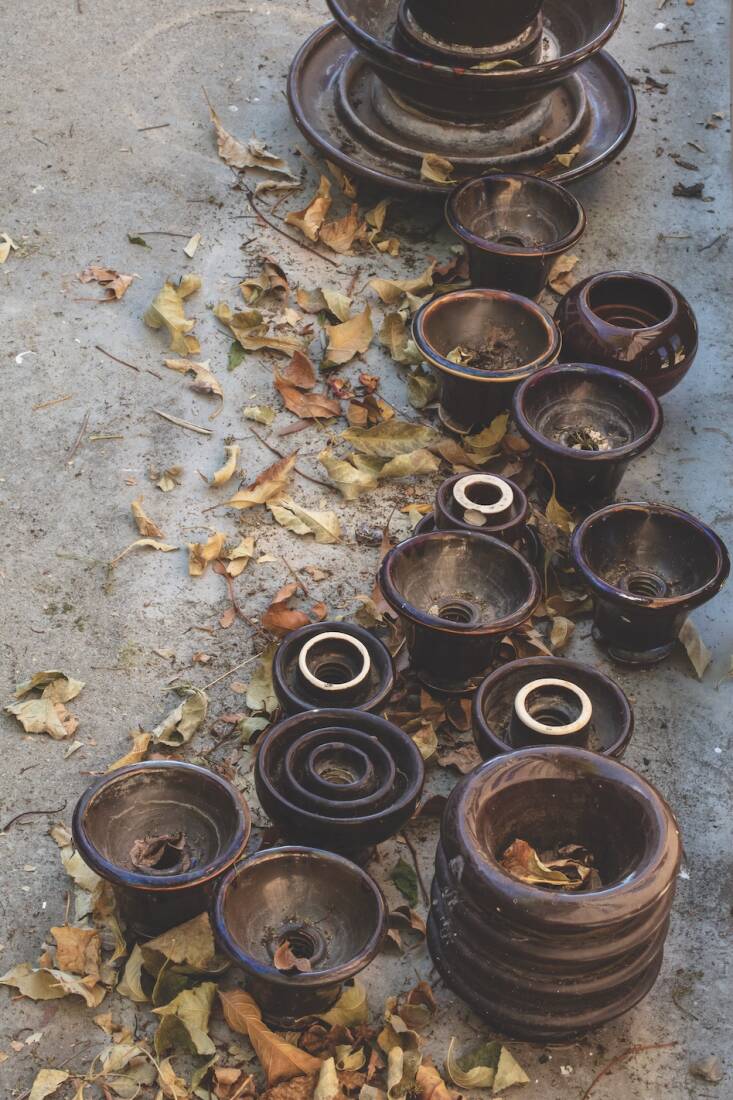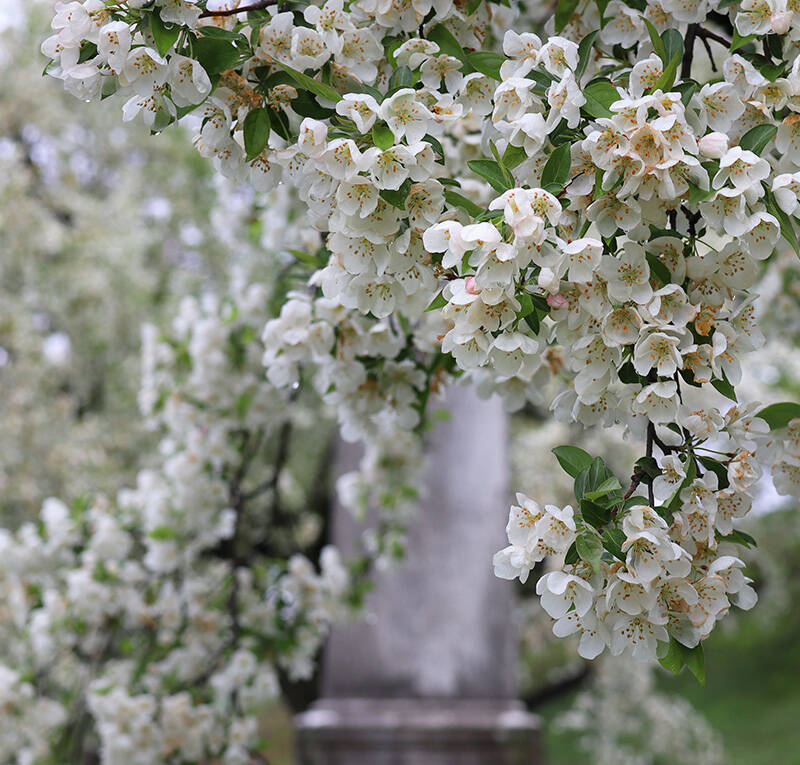“Gathered, gleaned and composed in situ” is the sub- subhead for the latest offering in book form from California-based flower decorator and friend to Gardenista Louesa Roebuck. Conceived as a maximalist tome that tears up the rulebook for authors as well as florists, our obvious first question is: what’s “punk ikebana”?
Photography by Ian Hughes, from Punk Ikebana (in bookstores today).

Louesa Roebuck does not claim to be an ikebana artist, but she is a bit of a punk—a rebel against convention who thumbs her nose at hierarchies (and who has worked with the likes of Vivienne Westwood). She lives in California, and her brand of punk is spiked by a freewheeling, West Coast attitude. This is a book that is rooted in a strong sense of place, the only direction for future floristry. A collection of flowers that have been flown in from different directions “are not meant to sing together.”

Punk Ikebana is not a how-to (the publishers describe it as an art book), and its exterior graphics, embossing, and texture tell a story of the sensuousness of the arrangements within. At which point it is more clear than ever that the words ‘floristry’ and ‘flower arranging’ are inadequate. Floral visionary and proto-punk Constance Spry loathed the connotations of those terms and settled on “flower decoration” to describe her trade, and that was in the 1920s. Punk ikebana is as good a label as any; just bear in mind that the English translation of ikebana is “the way of flowers.”

The way of the vase has to be personal—and questioning, too. When arranging in situ, this could be something picked up off the forest floor, or anything you love at home. Show some respect for the plants and put some thought into the vessel—this is a theme that runs through Punk Ikebana. We sit up and listen when Louesa says, “How could you do such a wrong, commit such an offense as to bring that sacred datura or magnolia into the house and plop it into a cheap, ugly vessel? For shame.”


She might be a punk but Louesa is also a romantic. “When we cut Matilija poppies near sunset, we need to exercise extreme caution and reverence. Bees of all sorts, but especially large bumblebees, are lulled to sleep by the poppies’ intoxicating pollen.”

For similar stories, see:
- Design Sleuth: Flowers Without Foam
- Required Reading: From Seed to Bloom by Milli Proust
- Ask the Expert: Florist Gayle Nicoletti on How to Dry Flowers
- Brass Ikebana Vases from Bavaria












Have a Question or Comment About This Post?
Join the conversation (0)